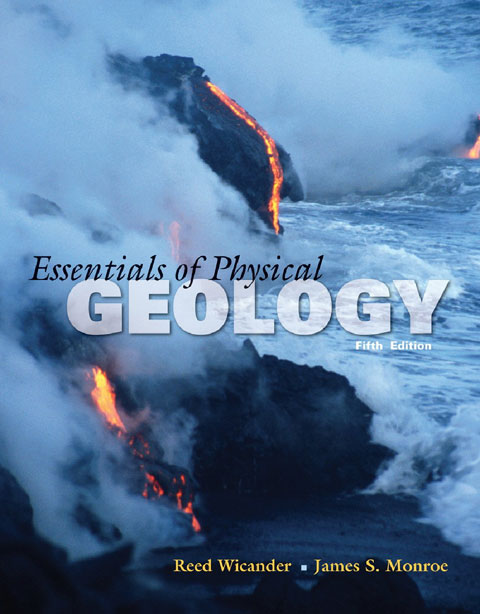
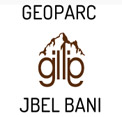
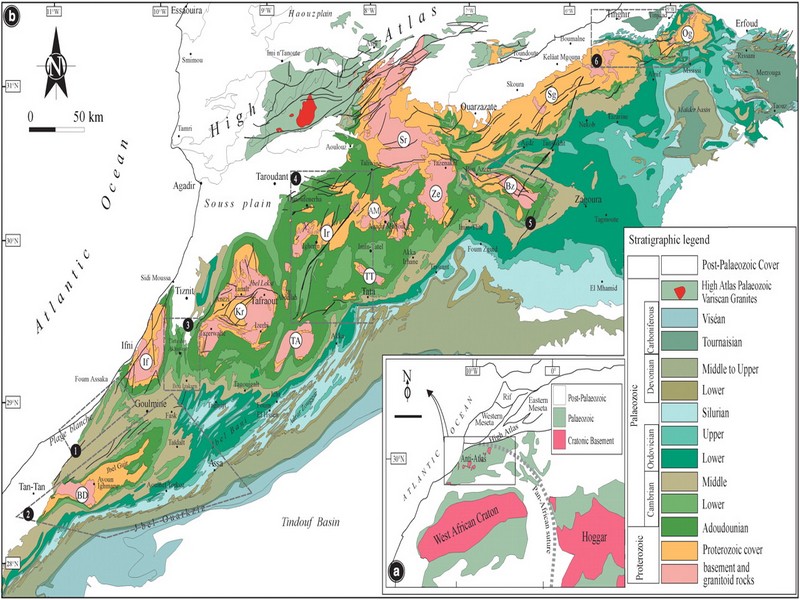
A short overview of the Anti-Atlas, Morocco
DR.Hervé Rezeau, DR.Cyril Chelle-Michou & DR.Michael Calder
SEG Student Chapter of Geneva (Switzerland)
SEG Student Chapter of Montpellier (France)
INTRODUCTION
Geology of Morocco has been subdivided into four structural domains, from north to south they are the following: the Rif domain, the Meseta domain, the High Atlas, and the Anti-Atlas, as they are shown in (Figure 1).
The Rif Range extends along the Mediterranean coast from the Kabylian-Tellian belts up to the Strait of Gibraltar. South of it, the Meseta domain is located, where elevated plateaus and intramontane basins occur. Further south the High Atlas system is found, which displays several massifs close to 4000 m, including the highest peak of northern Africa (Jebel Toubkal). The Middle Atlas represents a branch of the Atlas system that extends obliquely across the Meseta domain, and exceeds 3000 m in elevation. Finally, the Anti-Atlas domain is found, which rises forming a massive mountain that achieves up to 2700 m. Further south the elevation decreases both southward and westward from ca. 1000 m to less than 200 m close to the Atlantic.
Figure 1: Elevation map of Morocco and neighbouring countries from GTOPO30 database (A. Michard et al. 2008)
GEOLOGICAL SETTING OF THE ANTI-ATLAS
The Anti-Atlas mountain belt is located in the northern part of the West African Craton (WAC). It is stretching NE-SW and is characterized by Precambrian to late Proterozoic rocks covered by younger sediments of Edicaran to Cambrian in age. The geological boundary between the Anti-Atlas and High Atlas is structurally marked by the South Atlas fault (SAF) (Fig.2). The Anti-Atlas massif is a zone of wide domal uplift with much weaker Alpine age deformation. The volcanics and conglomerates rocks from the Ouarzazate & Bou Salda group in the North-East are surrounding the older volcanics rocks
The Anti-Atlas mountain belt is located in the northern part of the West African Craton (WAC). It is stretching NE-SW and is characterized by Precambrian to late Proterozoic rocks covered by younger sediments of Edicaran to Cambrian in age. The geological boundary between the Anti-Atlas and High Atlas is structurally marked by the South Atlas fault (SAF) (Fig.2). The Anti-Atlas massif is a zone of wide domal uplift with much weaker Alpine age deformation. The volcanics and conglomerates rocks from the Ouarzazate & Bou Salda group in the North-East are surrounding the older volcanics rocks and turbidite sequences from the Sahgro Group and the Pan-African granite intrusions. This geomorphological feature is commonly called inliers (“boutonnière” in French) and is the result of an exposed older rock formation surrounded by younger rock, and is due to a high erosion rate of rocks with different hardness but also encouraged by deformation such as folding and faulting (Gasquet et al. 2005). Several slivers of ophiolites are present in the Anti-Atlas belt, the best preserved are situated in the Bou Azzer, Siroua and Iriri region, which represent remnant of an ocean closure. The basement is composed of schists, granites and mylonites of Paleoproterozoic age. The latest Variscan and Alpine orogenic events overprint most of the Anti-Atlas geological province and thus complicate the Pre- Cambrian geodynamic interpretation. However, two main periods of tectono-thermal magmatic activity (Gasquet et al. 2005) are now recognised :
(i)A Palaeoproterozoic period, corresponding to the Eburnean (Birimian) orogeny,
(ii)A Neoproterozoic period, corresponding to the Pan-African orogeny.
Figure 2: Schematic map of the Anti-Atlas Precambrian inliers (Boutonnière), and location of the maps, satellite views and lithospheric profile presented hereafter (Gasquet et al. 2008)
Source web : DR.Hervé Rezeau, DR.Cyril Chelle-Michou & DR.Michael Calder unige.ch
Les articles en relation
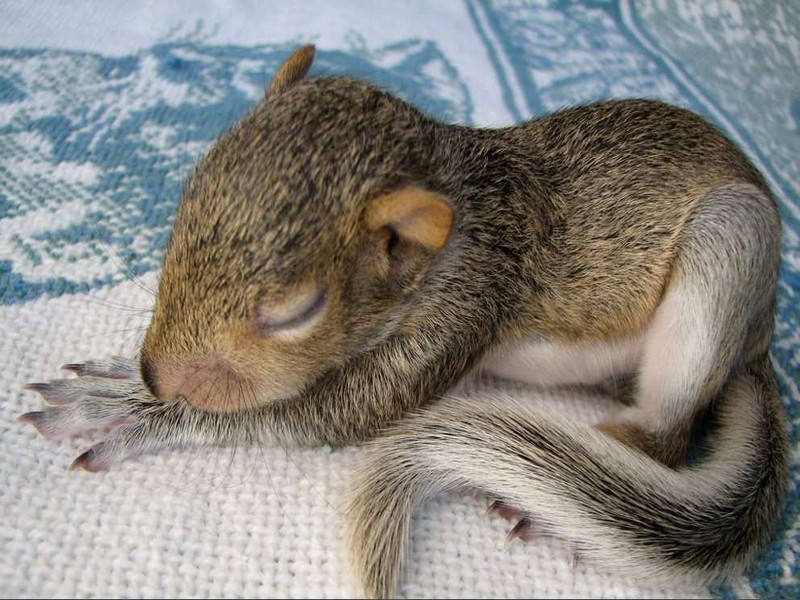
FDLS : les bébés animaux les plus craquants en diaporama
FDLS : les bébés animaux les plus craquants en diaporama La science, c'est aussi la vie. Et quoi de plus représentatif de la vie que ses débuts ? Futura vous propose une pause tendresse dans le parcour
Savoir plus...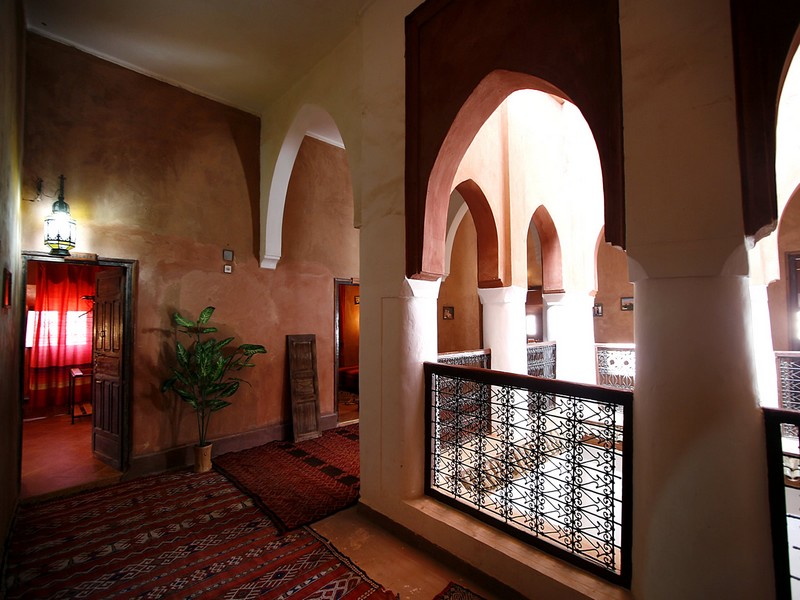
Du Dadès à la Vallée du Todra
Du Dadès à la Vallée du Todra La route nationale parcourt entre Boumalne Dadès et Tinghir un paysage absolument désertique qui change seulement en deux points : Imider et Timadrouine. À I
Savoir plus...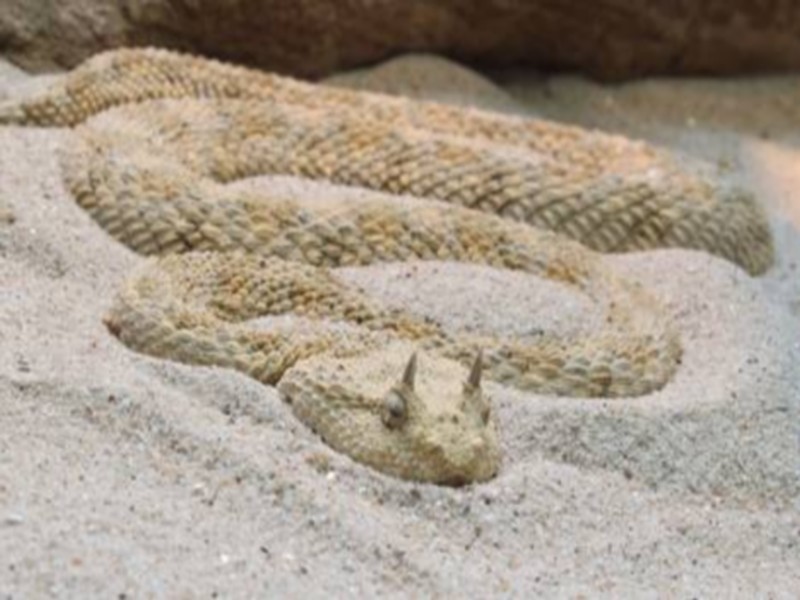
La vipère à cornes
La vipère à cornes (Cerastes cerastes) est un serpent qui appartient à la famille des «Viperidae ». Elle vit dans les déserts d’Afrique du nord et du Moyen-Orient. Elle doit son nom aux d
Savoir plus...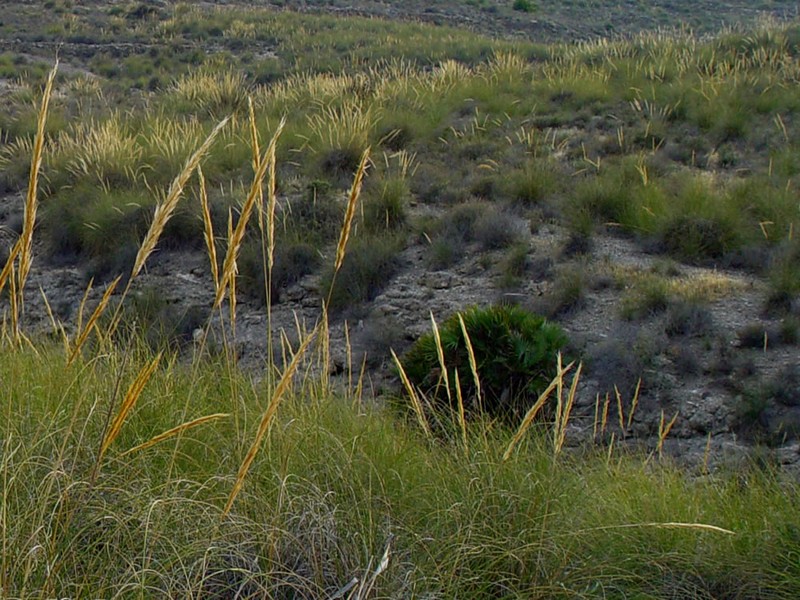
Alfa, l’herbe du désert
Alfa, l’herbe du désert “L’alfa” (Macrochloa tenacissima) est cette plante herbacée vivace originaire des régions arides que l’on trouve aussi dans le désert. De l’Arabe
Savoir plus...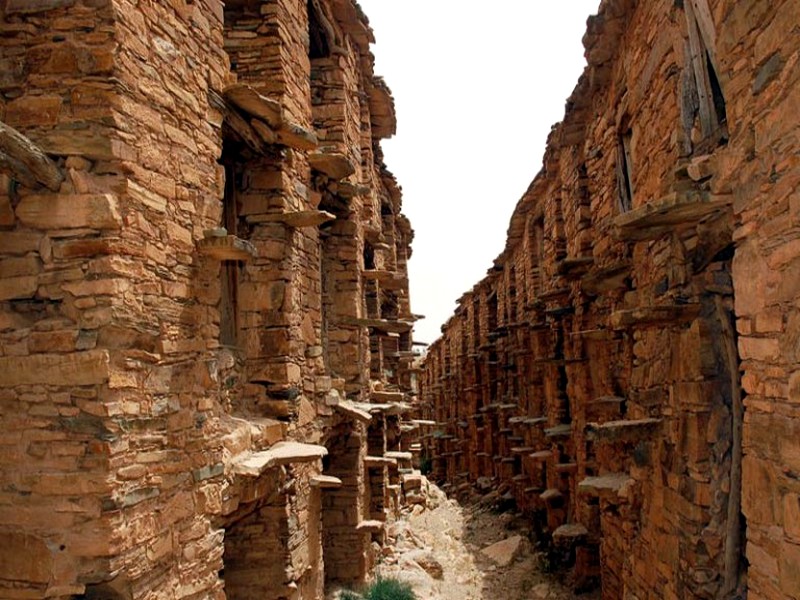
Restauration des Igoudars : le grenier d'Immchguiguen renaît dans l'Anti-Atlas
Restauration des Igoudars : le grenier d'Immchguiguen renaît dans l'Anti-Atlas La région de Souss-Massa poursuit ses efforts pour préserver et valoriser son patrimoine culturel unique. Dans l’arri&eg
Savoir plus...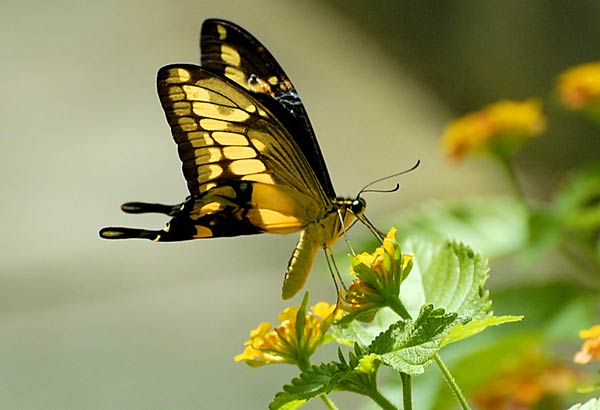
Liste et photos des papillons du Maroc
La liste des papillons diurnes du Maroc comporte des lépidoptères rhopalocères de toutes les familles, Papilionidae, Lycaenidae, Pieridae, Nymphalidae et Hesperiidae. Merci à Michel
Savoir plus...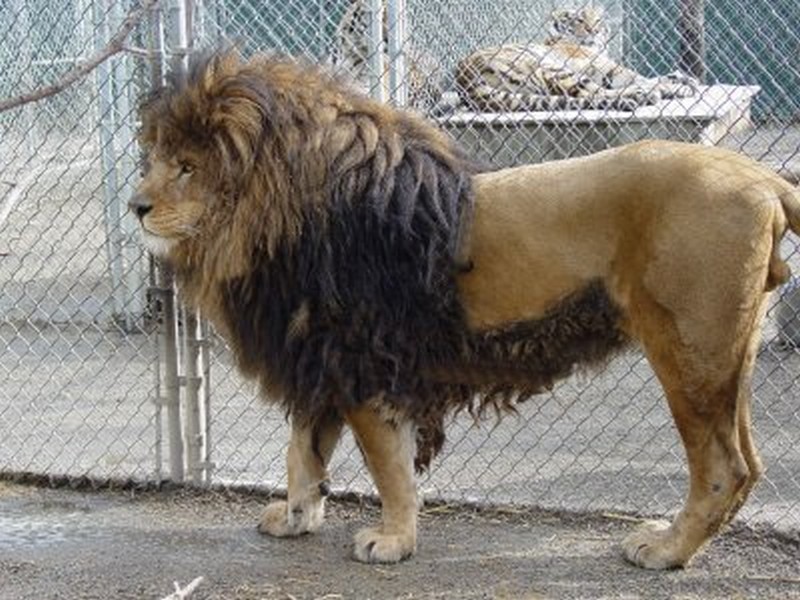
La réapparition surprenante du lion de l’Atlas durant les années 70
Le lion de l’Atlas, symbole absolu de la monarchie marocaine et du Maroc, fait depuis quelques années, l’objet de plusieurs études en raison de son mystérieux parcours. Aujourd’hui, c’est l&r
Savoir plus...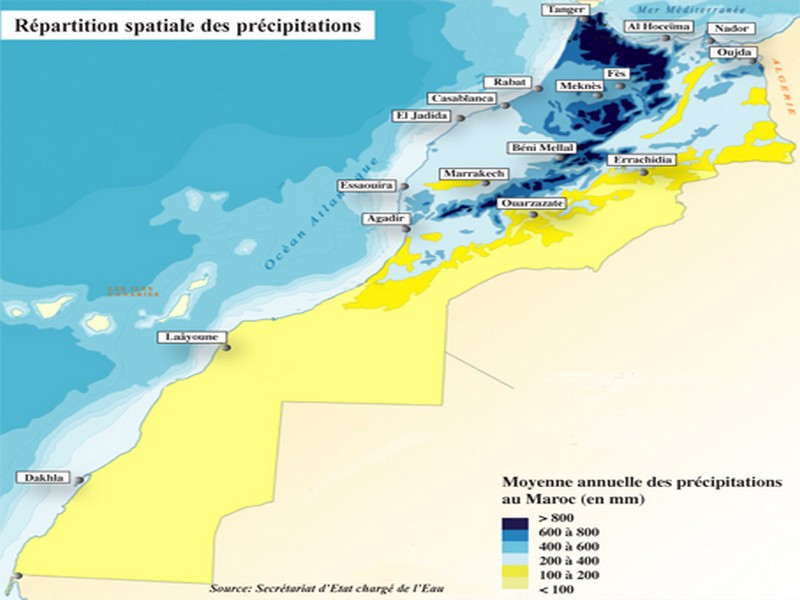
Retard des pluies: Faut-il craindre le pire?
Retard des pluies: Faut-il craindre le pire? Il est encore tôt pour prédire une année sèche Les mois de décembre et janvier seront de vrais baromètres Le régim
Savoir plus...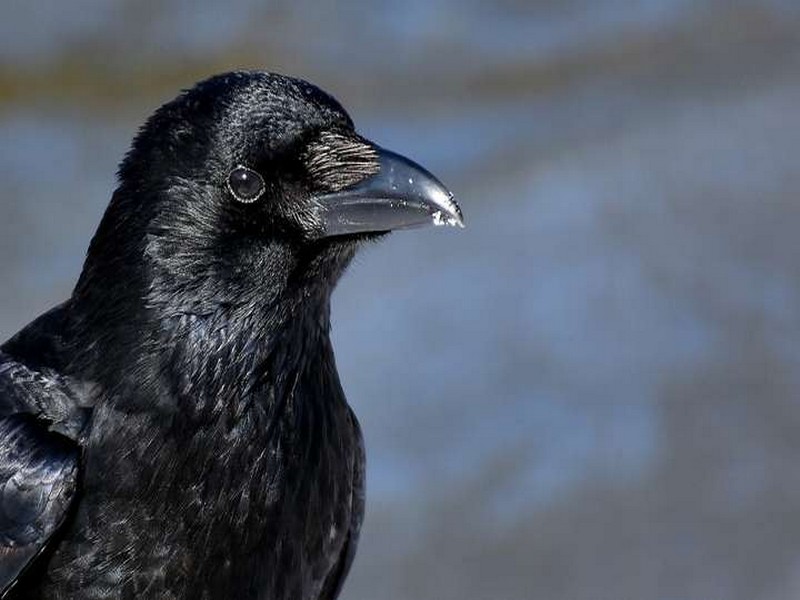
Des corbeaux ont appris à fabriquer des outils complexes tout seuls
Des corbeaux ont appris à fabriquer des outils complexes tout seuls Les chercheurs pensaient que cette aptitude était l'apanage des Hommes... et des grands singes. Mais une équipe internationale rév&eg
Savoir plus...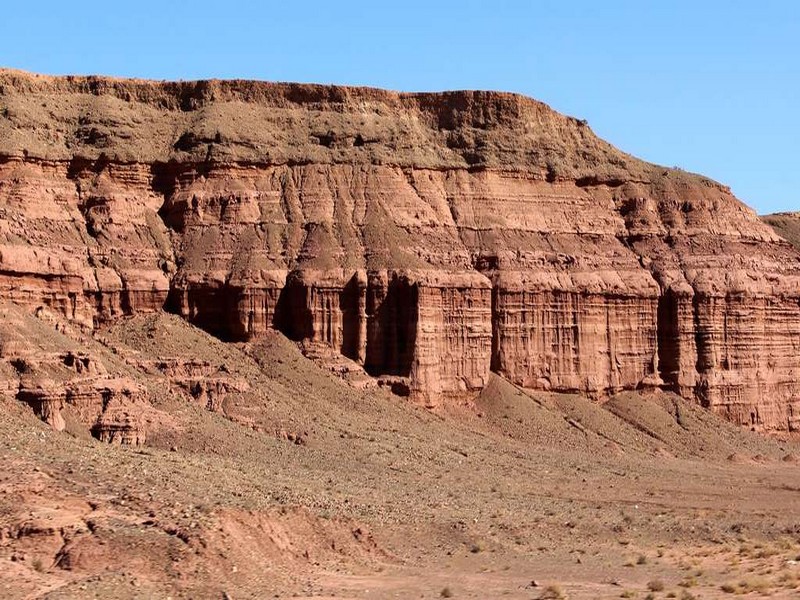
Les fossiles du Crétacé : un riche patrimoine à découvrir et à protéger
Les fossiles du Crétacé : un riche patrimoine à découvrir et à protéger Au Maroc, les fossiles du Crétacé sont présents le long d'une falaise s'étendant su
Savoir plus...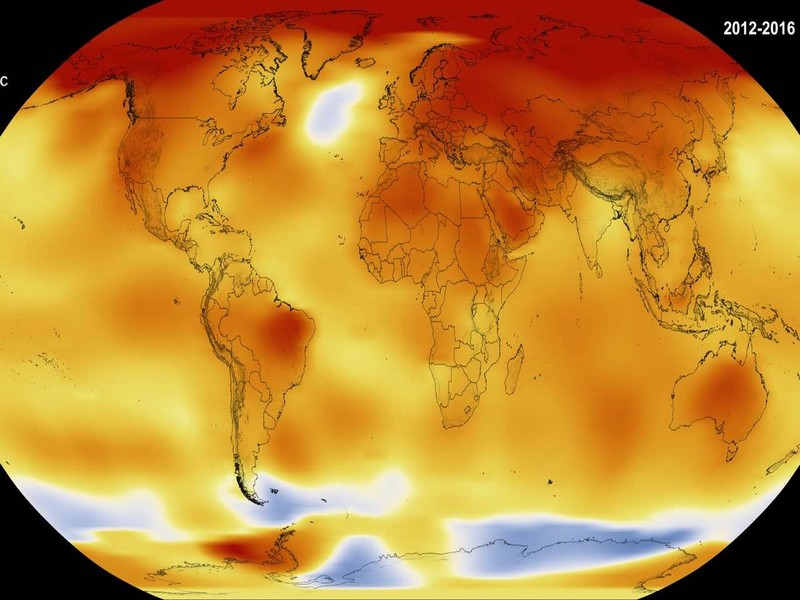
2017, année la plus chaude jamais enregistrée hors El Niño
2017, année la plus chaude jamais enregistrée hors El Niño Depuis les premiers relevés de température à la fin du XIXe siècle, 2017 s'annonce comme l'année la plus chaud
Savoir plus...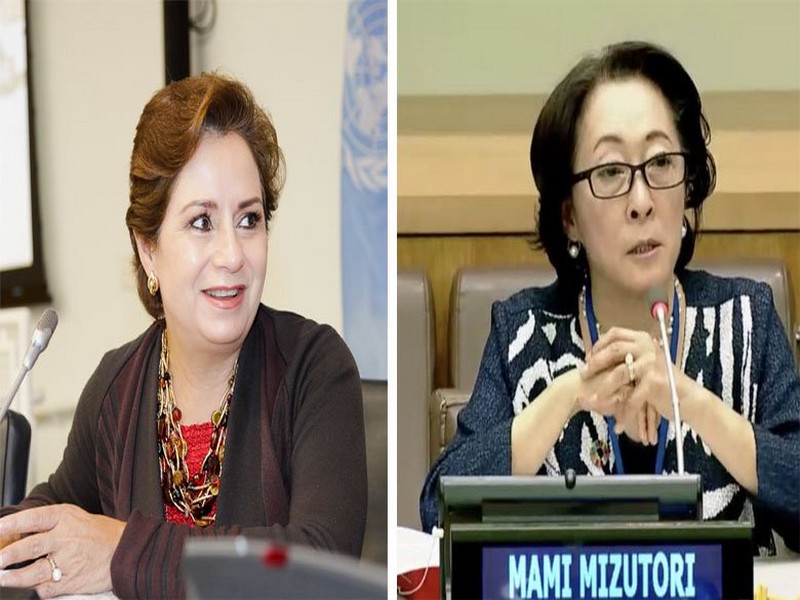
Journée internationale de la prévention des catastrophes
Journée internationale de la prévention des catastrophes «Plus 90% des catastrophes de grande ampleur sont des phénomènes climatiques extrêmes» Instituée par une résoluti
Savoir plus...Les tags en relation
En savoir plus sur " Géologie et TSGJB - AMDGJB "
Consulter les vidéos de " Géologie et TSGJB - AMDGJB " Consulter les photos de " Géologie et TSGJB - AMDGJB " Consulter les publications de " Géologie et TSGJB - AMDGJB " Consulter les éditions de " Géologie et TSGJB - AMDGJB " Consulter les communications de " Géologie et TSGJB - AMDGJB "Recherche du site
Recherche avancée / Spécifique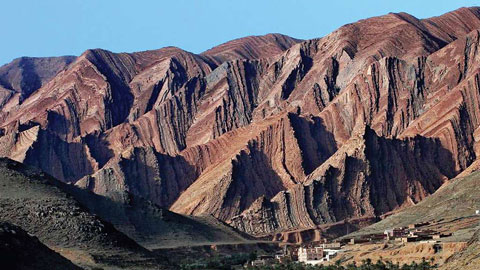
Géoparc et Recherche Scientifique
Le coins de l’étudiant
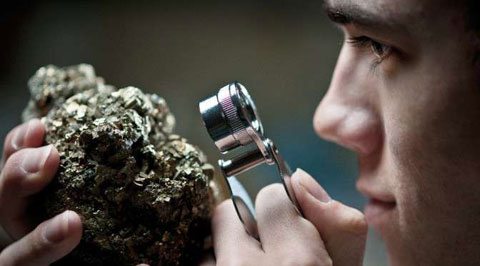

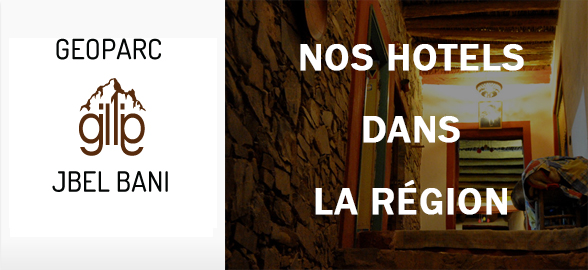
Blog Géoparc Jbel Bani
Dictionnaire scientifique
Plus de 123.000 mots scientifiques
Les publications
Géo parc Jbel Bani
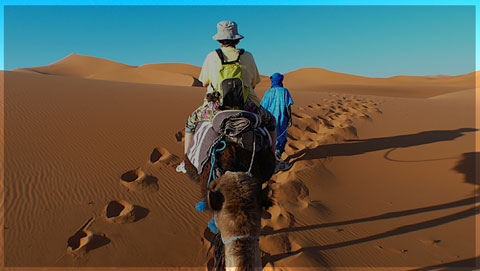
Circuits & excursions touristiques
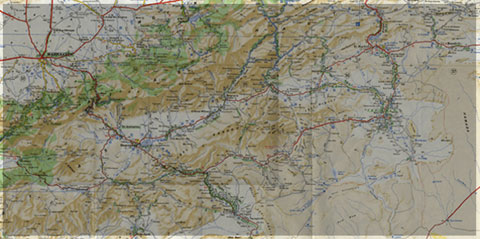
cartothéques
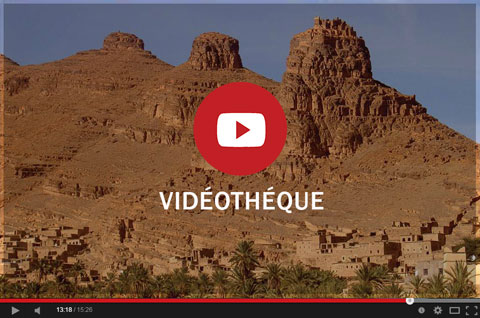
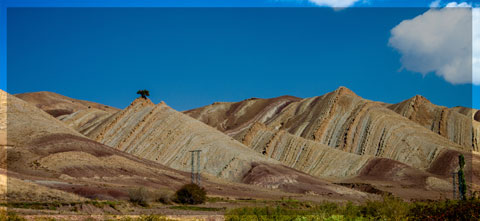
Photothéques
Publications & éditions
